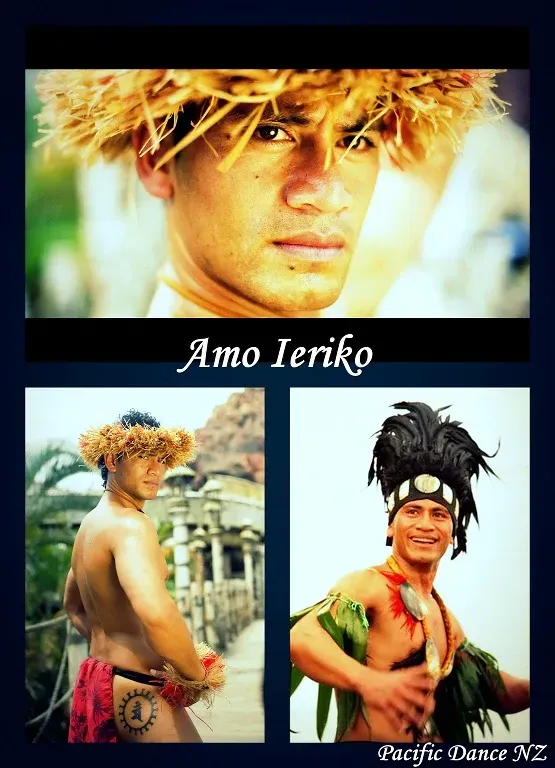Introducing Amo Ieriko
Written by

Amo Ieriko is one of three chosen choreographers to take part in this year's Pacific Dance Choreographic Lab.
This is the fifth year of the Lab in which choreographers are given the opportunity to work over an intense period with a selected number of dancers to develop an original dance work.
The showing of works for this year's Lab will be part of the Southside Arts Festival and show at the Mangere Arts Centre on Saturday November 2nd at 7pm.
Below is a short Q & A to find out a little more about Amo's piece called "Vavau".
PR: Pacific Dance Choreographic Lab 2013
Q & A with Amo Ieriko
Q1. What is your piece called and what is the inspiration behind it?
‘Vavau’ Chronicles of Saofaileta
Vavau begins when my late uncle Saofaileta Komisi (and another Chief) allowed development of beach fales on the burial ground of our ancestors.
This resulted in many unexplained events for my family, with tales of the ancestor’s bones crying out to be returned to their resting place, as well as a long political standoff with the village, which eventually led to Saofaileta Komisi’s banishment from the village. Sadly he died and was buried here in NZ; never to have set foot on his home again.
Vavau will explore this family legend, with detailed account of events from family members. From the removal and preparing of the ancestors bones, to the distress it brought to the family while they were stored in the family home and to the time of their re-burial at Mt Vavau or Mauga a Sao.
Vavau village is on the South East end of Upolu, Samoa. It is part of Lotofaga District.
Q2. What is your background in dance? When did you start dancing and what were your early dance influences?
Like most Pacific people we all start dancing at family gatherings, celebrations and church events. I come from a musical and sporting family so it seemed a career in either field was the norm, however not dancing.
I started considering dance as a career from the age of 28 years and I have never looked back. I worked hard to catch-up to other fellow Pacific performers who had been performing at a very young age.
Q3. How does your dance background influence your current work?
Most of my dancing has been interpreting the literal meaning of stories and songs; I hope to weave together the literal and abstract worlds of stories for my Chorelab piece.
Q4. In your piece for the choreographic lab, is there an essential message you wish to convey? How are you planning to convey this through your work and what do you want the audience to take away from it?
I hope the audience will appreciate the origins of my Chorelab piece. Each family in Samoa has their own stories or legends. For up and coming Pacific Choreographers, I wish for this piece to inspire them to delve into their roots, their Whakapapa, and find material for their work.
There is an abundance of voices to be heard and treasures to be shared from our families; we just need to ask our elders. The young taking interest in what our Aiga or Whanau is about, helps our cultures to live on.
Q5. How does it feel to be part of the choreolab and to be called a choreographer rather than just a dancer? How different is it for you?
I have been an audience member in the past Choreographic Lab projects and enjoyed it every time. Giving feedback on what I thought and felt about the pieces was the most enjoyable part. Now I can enjoy putting myself out there to showcase something on stage for people to see and talk about as well as critique.
I have always considered myself a choreographer for cultural dances in performances/ shows we do for community and commercial events. Being part of Choreolab allows me to present work that is more focused on performance art rather than commercial value.
This will be very different as I will be judged on matters of spirituality and aesthetics, rather than the sexiness and romance of what commercial Polynesian dance is.
Q6. What do you hope to gain out of the experience of being part of the Pacific Dance Choreographic Lab 2013?
The Choreographic Lab gives me the opportunity to work with a group of dancers and the assistance of a mentor to put on a dance piece that is unlike what I do with my dance company. It is an ideal environment to work in.
Q7. What are your hopes for the future?
I wish to create more work that portrays true stories from the Pacific, and maybe one day tour.